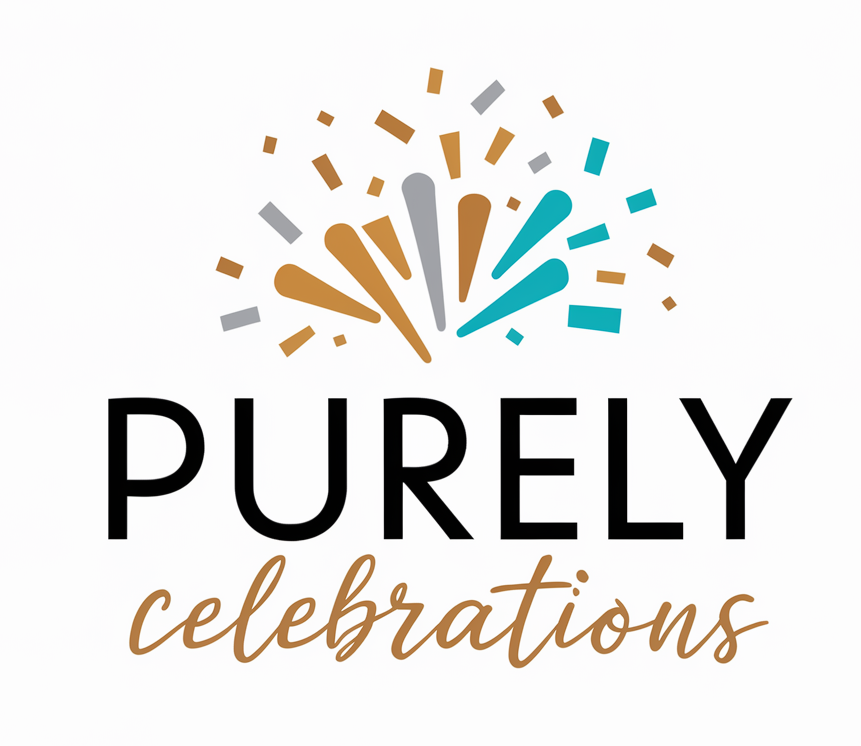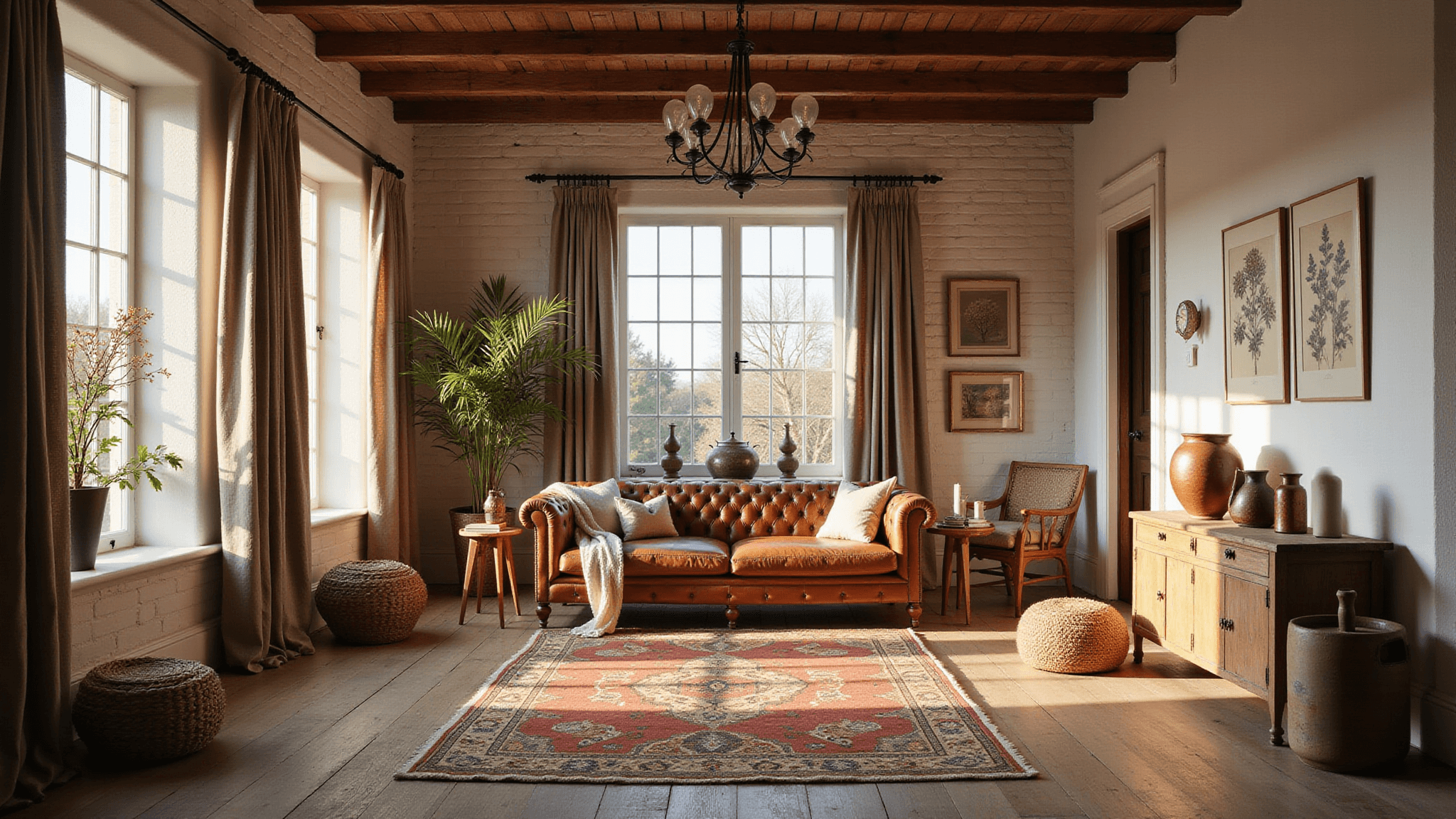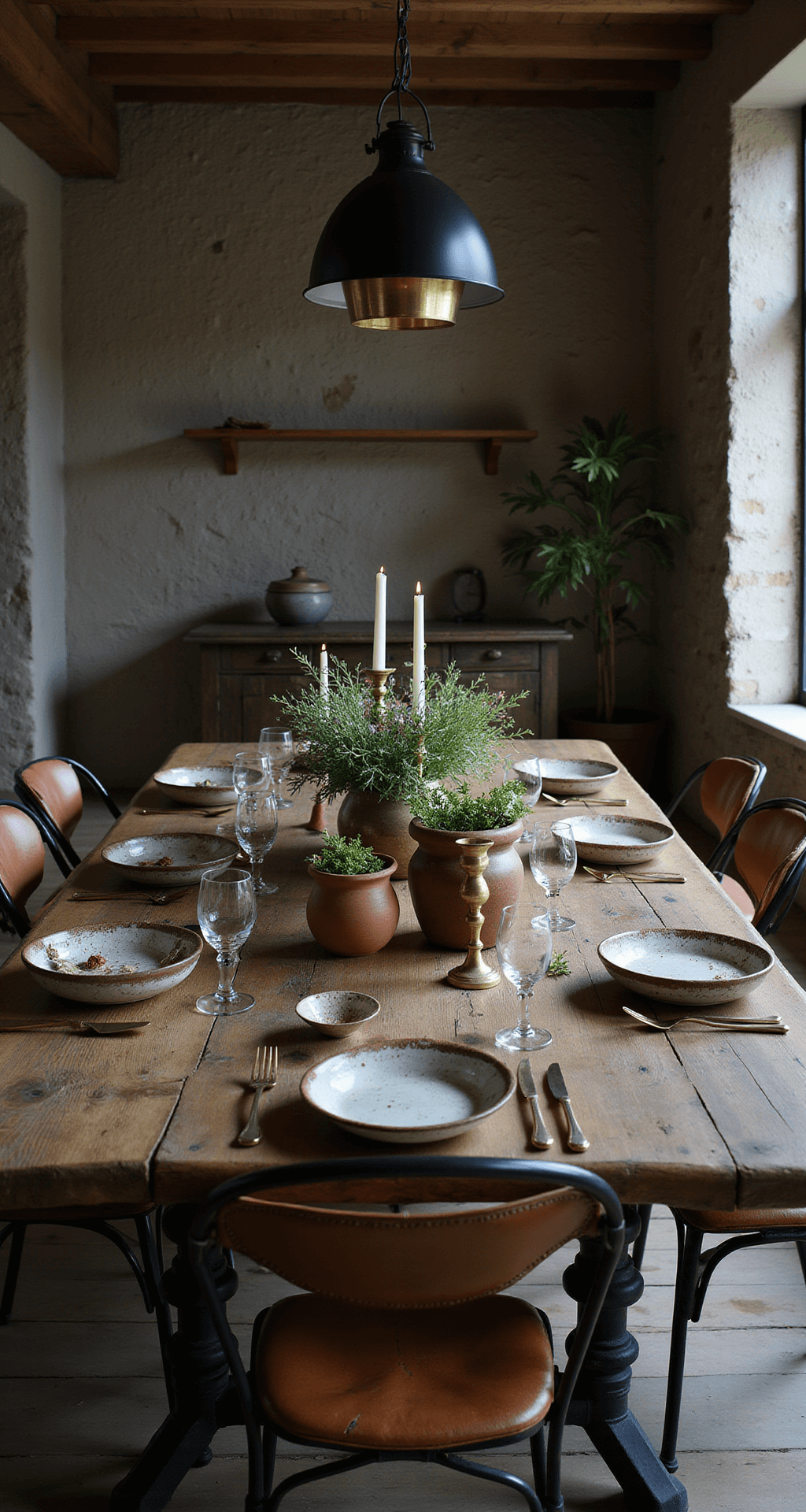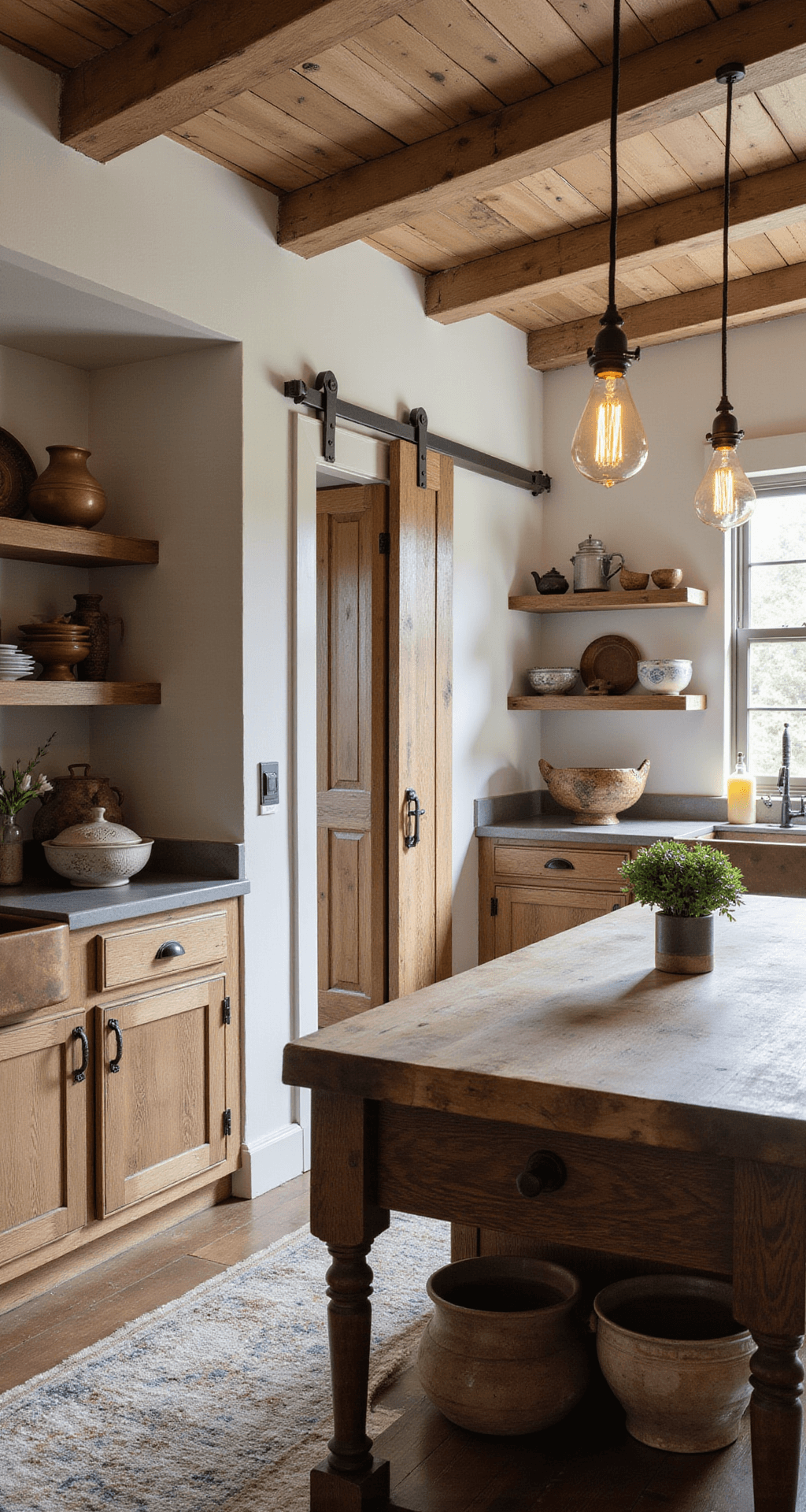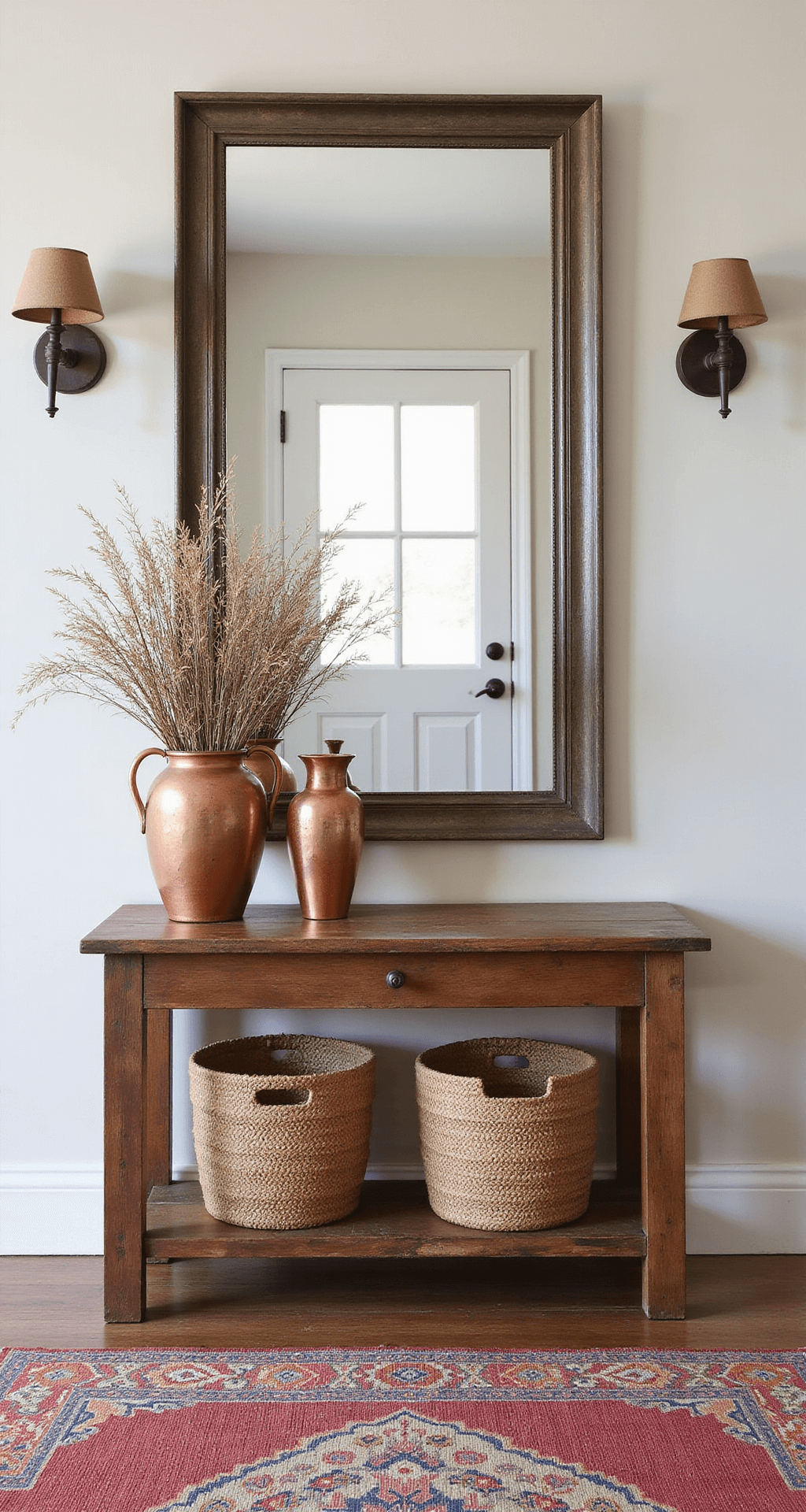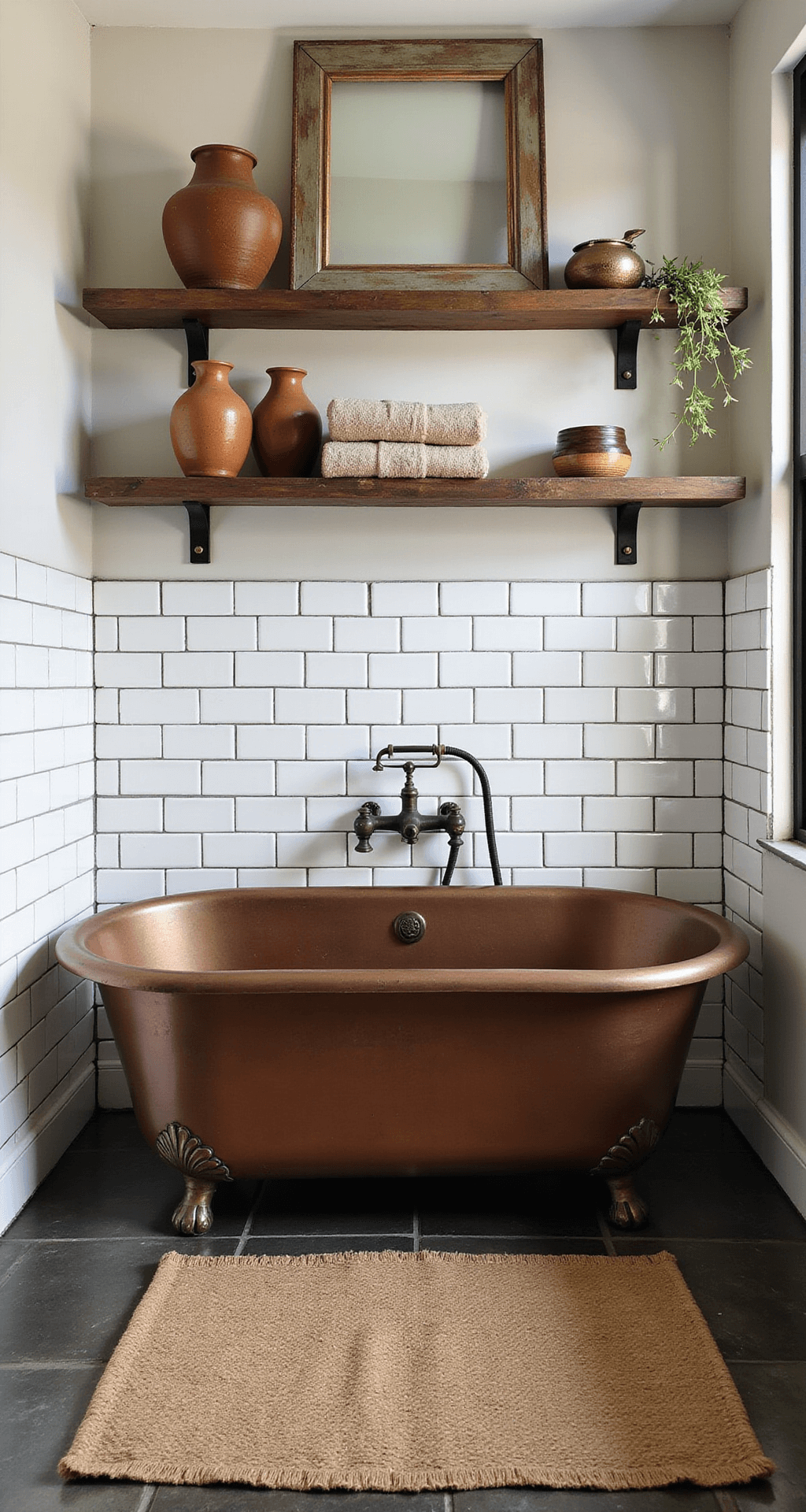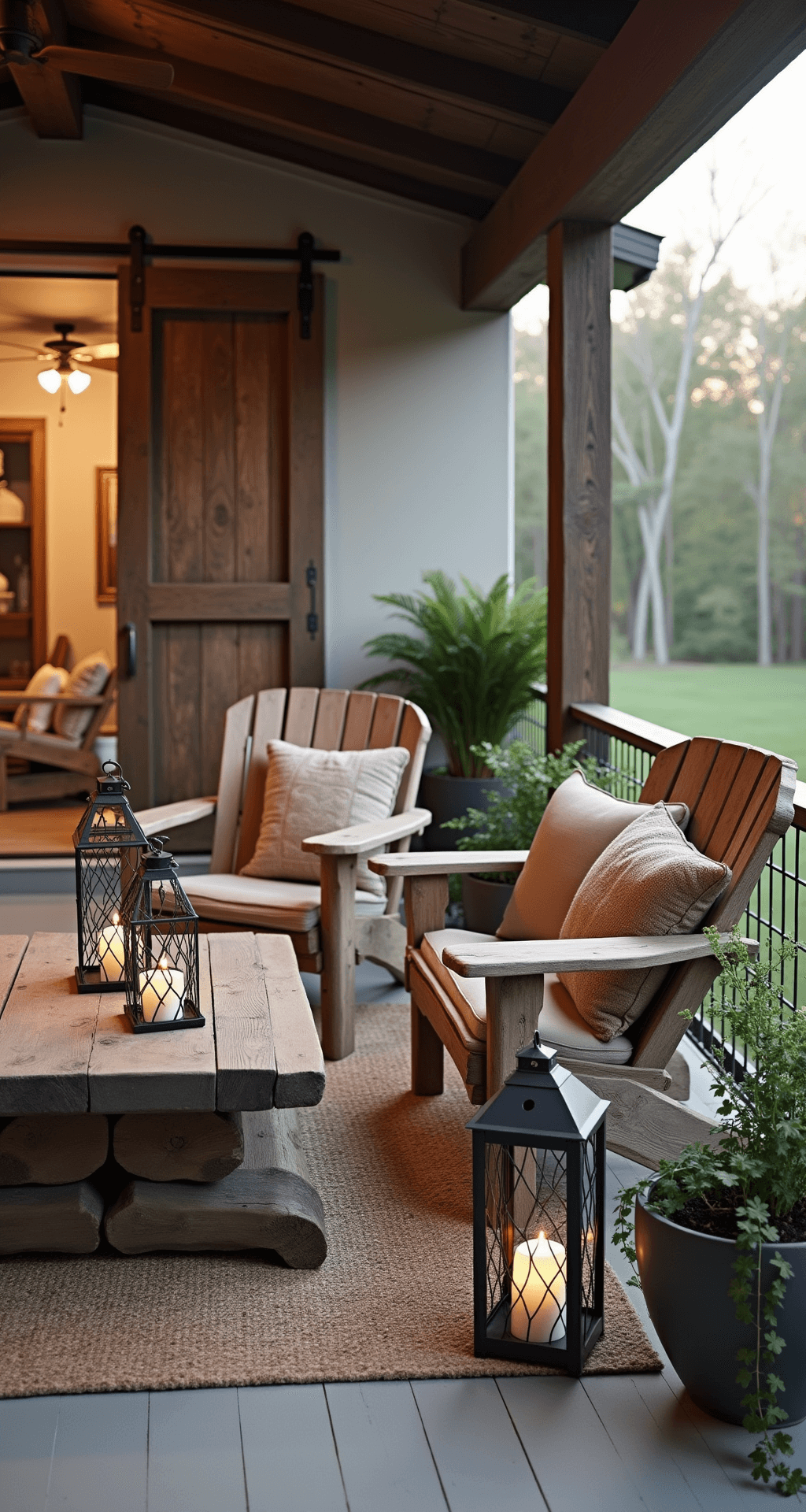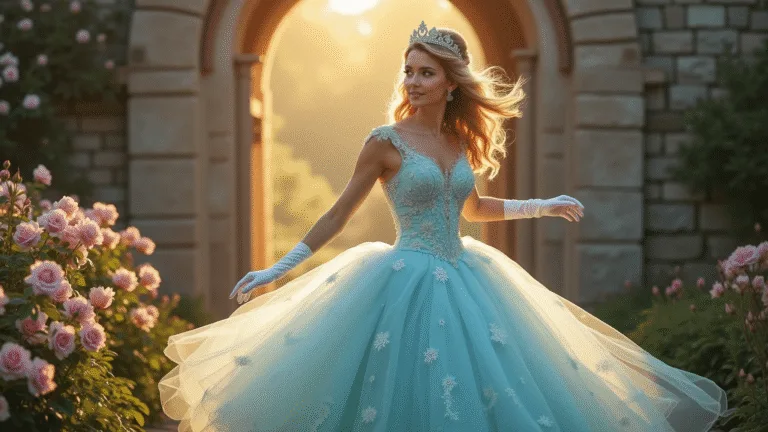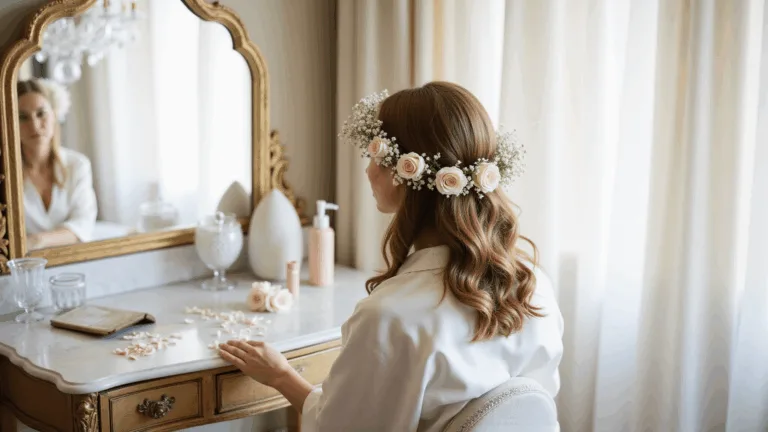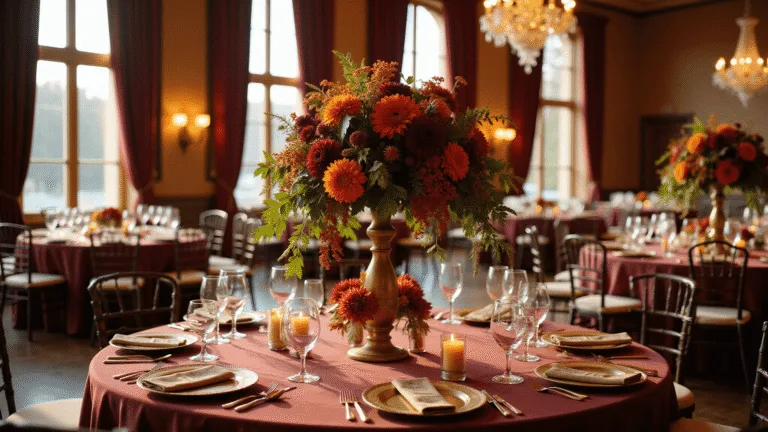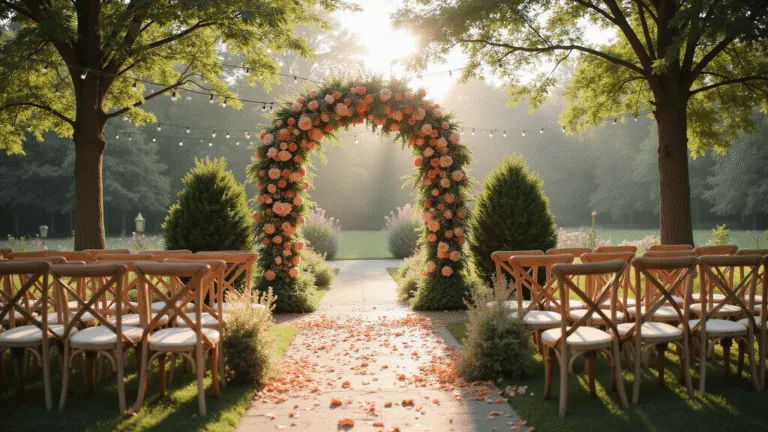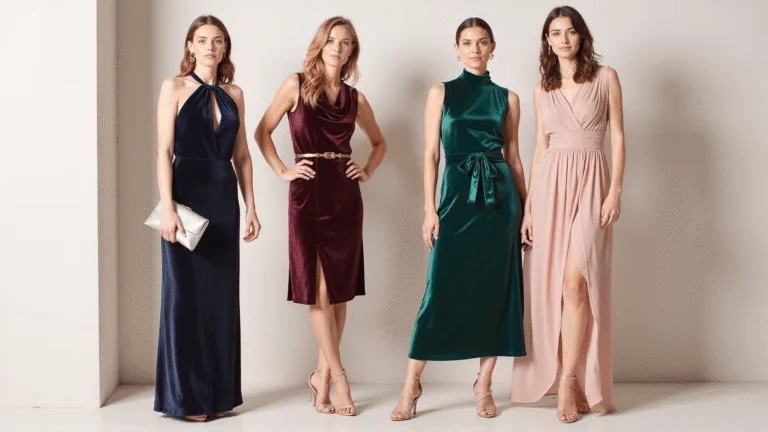Transform Your Home with Timeless Rustic Elegance
The Essence of Rustic Design
Contents
Let me tell you – rustic isn’t just about throwing some barn wood on the walls and calling it a day. It’s about creating a warm, lived-in feeling that makes everyone feel at home.
Key elements that define rustic style:
- Natural materials (wood, stone, metal)
- Earthy color palettes
- Textural variety
- Imperfect finishes
- Vintage or handcrafted pieces
Start With Your Foundation
First things first – let’s talk about your walls and floors:
Walls
- Exposed brick or stone
- Shiplap or reclaimed wood panels
- Textured wallpaper in natural tones
- Warm, muted paint colors
Flooring
- Wide-plank hardwood
- Distressed wood tiles
- Natural stone
- Vintage-style rugs
Furniture Selection
Here’s what I always tell my clients – mix these elements:
- Solid wood pieces
- Leather upholstery
- Iron or bronze hardware
- Weathered finishes
- Comfortable, oversized items
Lighting That Sets the Mood
Lighting can make or break your rustic vibe:
- Edison bulb fixtures
- Wrought iron chandeliers
- Mason jar sconces
- Natural light through simple window treatments
Accessorize With Purpose
I’ve found these accessories work magic:
- Woven baskets
- Vintage signs
- Ceramic pottery
- Natural fiber textiles
- Metal accents
Color Palette Guide
Stick to these colors for authentic rustic charm:
- Warm browns
- Creamy whites
- Forest greens
- Deep reds
- Earthy grays
My Top Rustic Design Tips
- Layer different textures
- Include natural elements
- Mix old and new pieces
- Keep it comfortable
- Don’t over-decorate
Common Mistakes to Avoid
Trust me, I’ve seen these mistakes too often:
- Overdoing the ‘farmhouse’ look
- Matching everything perfectly
- Using too many artificial materials
- Forgetting about comfort
- Making it look too staged
Remember, rustic design should feel authentic and lived-in. Focus on creating a space that tells your story while embracing natural beauty and comfort.
